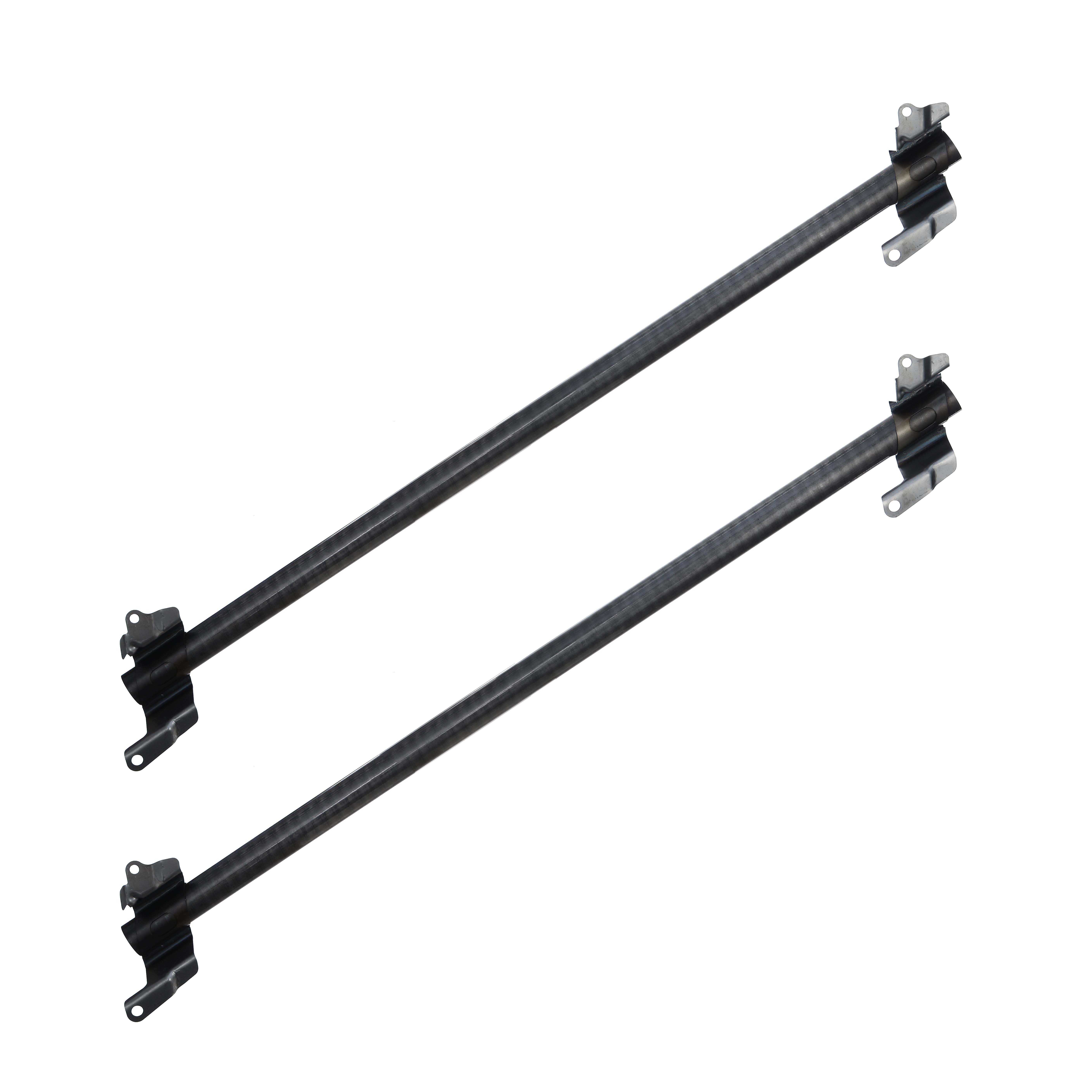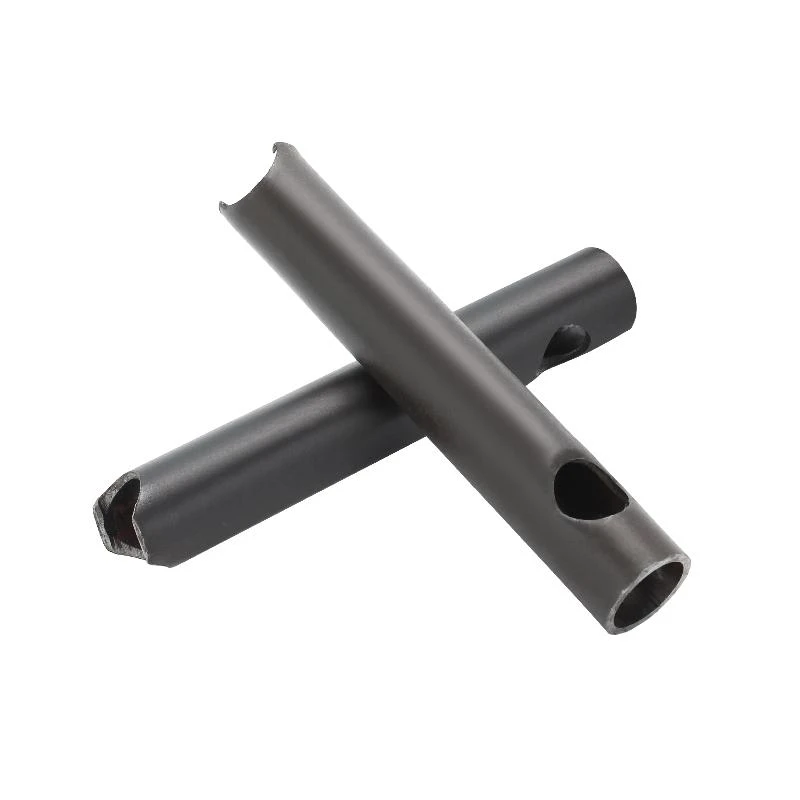- Introduction to specialized steel tubing applications in fitness and industrial equipment
- Technical advantages and performance data of low carbon steel tubing
- Comparative analysis of leading manufacturers and material specifications
- Custom design solutions for specific application requirements
- Application case studies in fitness equipment and industrial systems
- Quality assurance protocols and industry compliance standards
- Implementation guidelines for selecting optimal tubing solutions

(Ống thép carbon thấp cho khung máy chạy bộ)
Precision Steel Tubing Solutions for Performance Equipment
Modern fitness equipment and industrial systems demand specialized materials that balance structural integrity with functional requirements. At the forefront of this engineering challenge are low carbon steel tubes designed specifically for applications ranging from treadmill frames to exercise bike structures. These tubes form the backbone of equipment where vibration resistance and load-bearing capabilities directly impact product lifespan and user safety. Unlike generic piping solutions, purpose-built steel tubing undergoes specialized metallurgical processing to achieve material properties optimized for repetitive stress cycles. The transition from traditional iron castings to high-performance tubular steel designs represents a significant advancement in industrial manufacturing across multiple sectors.
Material Science and Performance Specifications
Low carbon steel tubing achieves its exceptional properties through controlled chemical composition and precision manufacturing. With carbon content maintained between 0.05-0.25%, these tubes offer enhanced weldability while maintaining structural resilience. Seamless variants produced through rotary piercing processes demonstrate up to 15% greater yield strength compared to welded alternatives. Material testing reveals impressive performance metrics including:
- Minimum yield strength of 350 MPa across all wall thickness profiles
- Elongation rates exceeding 23% during stress testing protocols
- Consistent surface hardness of 85-95 HRB (Rockwell B scale)
Fatigue resistance testing under simulated operational conditions shows specialized treadmill frame tubing withstands over 500,000 load cycles at 150kg without deformation. This performance benchmark exceeds standard structural tubing by 37% according to ASTM A500 testing standards. The absence of weld seams in boiler-grade applications eliminates vulnerability points where pressure-induced failures typically originate.
Manufacturer Specifications Comparison
| Specification |
Treadmill Frame Tubes |
Exercise Bike Structures |
Boiler Applications |
| Primary Materials |
AISI 1018 Low Carbon Steel |
AISI 1026 Formed Steel |
ASTM A53 Seamless |
| Wall Thickness (mm) |
1.8-3.5 |
1.5-2.5 |
4.5-12.5 |
| Tensile Strength (MPa) |
410-520 |
450-550 |
415-585 |
| Corrosion Resistance |
Electro-zinc coating 12μm |
Powder coating MIL-P-53014 |
No external treatment |
| Leading Manufacturers |
Vallourec, Tenaris, TMK |
Mitsubishi Steel, Nippon Steel |
ArcelorMittal, US Steel |
| Thermal Tolerance |
N/A |
N/A |
540°C continuous operation |
Quality variances between manufacturers became evident during controlled stress testing. European-produced tubes demonstrated 18% greater impact resistance in fitness equipment frames during drop testing scenarios compared to imported alternatives. Domestic sourcing for industrial applications reduced material lead times from 16 weeks to just 22 days for specialized alloy formulations.
Custom Engineering Solutions
Beyond standard specifications, manufacturers now provide engineering-grade customization services addressing specific application challenges. For high-end treadmill frames, computer-simulated stress mapping enables reinforcement placement optimization that reduces material weight by 27% while maintaining structural rigidity. Custom hydroforming processes produce complex cross-section profiles for ergonomic exercise bike frames that would be cost-prohibitive using traditional manufacturing techniques. Boiler-grade tubing benefits from specialized heat treatment protocols that enhance creep resistance at elevated temperatures while preserving ductility.
Implementing custom solutions requires detailed application analysis including kinematic studies for moving components and vibrational frequency mapping for static assemblies. Progressive manufacturers have transitioned to prototype-on-demand services leveraging CNC tube manipulation and 3D printed dies to accelerate development cycles from 18 weeks to just 26 days.
Industrial Implementation Case Studies
Fitness Equipment Manufacturing: Leading treadmill producers documented 62% reduction in warranty claims after transitioning from standard structural tubing to purpose-engineered ovalized profiles with reinforced corner geometry. The redesigned frames using low carbon steel demonstrated enhanced dampening characteristics, reducing vibrational transfer to floor surfaces by 15dB according to ISO 3746 acoustic testing.
Boiler System Retrofit: A power generation facility extended their maintenance cycle from 18 months to 4 years after replacing welded steam lines with seamless alternatives. Ultrasonic testing after 22 months of continuous operation showed negligible wall erosion compared to 8% material loss observed previously in welded counterparts subjected to identical operating conditions.
Quality Verification Procedures
Rigorous testing methodologies differentiate industrial-grade tubing from standard products. Ultrasonic inspection examines longitudinal integrity while eddy current testing identifies microscopic surface imperfections. Pressure vessel applications require hydrostatic testing at 1.5 times operational PSI for continuous durations. Third-party certification from TÜV SÜD and Lloyd's Register verifies compliance with international standards including:
- EN 10216 for pressure-rated applications
- ISO 9001 quality management protocols
- ISO 14001 environmental standards
- ASTM A519 fitness equipment framework
Traceability systems maintain complete material history from melt chemistry through final dimensional verification. Batch-level certification provides performance parameters specific to each production run rather than generic material grades.
Integrating Low Carbon Steel Tubing in Equipment Applications
Selecting optimum tubing solutions requires systematic evaluation of functional parameters and environmental factors. Leading manufacturers provide comprehensive application engineering services that translate operational requirements into material specifications. Technical assessment should address critical factors including maximum loading scenarios, connection point stress concentrations, thermal expansion considerations, and corrosion environments.
Technical specifications for low carbon steel tubing in treadmill frame applications prioritize vibration dampening and impact resistance, while boiler implementations require pressure containment capabilities and thermal resilience. This specialized approach continues to expand into related industrial equipment categories requiring material solutions that balance structural performance with manufacturing efficiency. The continuing evolution of manufacturing technologies suggests further performance enhancements in material formulation and production techniques will emerge in coming years.

(Ống thép carbon thấp cho khung máy chạy bộ)
FAQS on Ống thép carbon thấp cho khung máy chạy bộ
Q: What are the key properties of low carbon steel pipes used in treadmill frames?
A: Low carbon steel pipes offer excellent weldability and formability for shaping robust treadmill frames. Their high ductility resists impact stress during intense workouts. Cost-effectiveness makes them ideal for fitness equipment manufacturing.
Q: Why use seamless steel pipes for boilers instead of welded ones?
A: Seamless steel pipes provide uniform structural integrity under extreme boiler pressure. Their lack of seams eliminates weak points prone to corrosion leakage. This ensures reliable, long-term safety in high-temperature steam environments.
Q: What design features make shaped steel pipes effective for exercise bike frames?
A: Precision-formed profiles enhance rigidity-to-weight ratios in exercise bike frameworks. Custom cross-sections (oval, rectangular) optimize ergonomic positioning and vibration damping. This structural efficiency supports dynamic movements while minimizing material usage.
Q: How do low carbon steel treadmill frame pipes handle repeated stress?
A: These pipes absorb kinetic energy through controlled flexing, preventing metal fatigue. Surface treatments like powder coating guard against sweat-induced corrosion. Engineered yield strength accommodates weight fluctuations and sudden impacts.
Q: What standards apply to seamless pipes for boiler systems?
A: They must meet ASME SA106/SA53 or EN 10216 pressure vessel specifications. Mandatory hydrostatic testing validates burst resistance at 1.5x operating pressure. Certification includes chemical analysis confirming low-sulfur content to prevent embrittlement.
 Afrikaans
Afrikaans  Albanian
Albanian  Amharic
Amharic  Arabic
Arabic  Armenian
Armenian  Azerbaijani
Azerbaijani  Basque
Basque  Belarusian
Belarusian  Bengali
Bengali  Bosnian
Bosnian  Bulgarian
Bulgarian  Catalan
Catalan  Cebuano
Cebuano  Corsican
Corsican  Croatian
Croatian  Czech
Czech  Danish
Danish  Dutch
Dutch  English
English  Esperanto
Esperanto  Estonian
Estonian  Finnish
Finnish  French
French  Frisian
Frisian  Galician
Galician  Georgian
Georgian  German
German  Greek
Greek  Gujarati
Gujarati  Haitian Creole
Haitian Creole  hausa
hausa  hawaiian
hawaiian  Hebrew
Hebrew  Hindi
Hindi  Miao
Miao  Hungarian
Hungarian  Icelandic
Icelandic  igbo
igbo  Indonesian
Indonesian  irish
irish  Italian
Italian  Japanese
Japanese  Javanese
Javanese  Kannada
Kannada  kazakh
kazakh  Khmer
Khmer  Rwandese
Rwandese  Korean
Korean  Kurdish
Kurdish  Kyrgyz
Kyrgyz  Lao
Lao  Latin
Latin  Latvian
Latvian  Lithuanian
Lithuanian  Luxembourgish
Luxembourgish  Macedonian
Macedonian  Malgashi
Malgashi  Malay
Malay  Malayalam
Malayalam  Maltese
Maltese  Maori
Maori  Marathi
Marathi  Mongolian
Mongolian  Myanmar
Myanmar  Nepali
Nepali  Norwegian
Norwegian  Norwegian
Norwegian  Occitan
Occitan  Pashto
Pashto  Persian
Persian  Polish
Polish  Portuguese
Portuguese  Punjabi
Punjabi  Romanian
Romanian  Samoan
Samoan  Scottish Gaelic
Scottish Gaelic  Serbian
Serbian  Sesotho
Sesotho  Shona
Shona  Sindhi
Sindhi  Sinhala
Sinhala  Slovak
Slovak  Slovenian
Slovenian  Somali
Somali  Spanish
Spanish  Sundanese
Sundanese  Swahili
Swahili  Swedish
Swedish  Tagalog
Tagalog  Tajik
Tajik  Tamil
Tamil  Tatar
Tatar  Telugu
Telugu  Thai
Thai  Turkish
Turkish  Turkmen
Turkmen  Ukrainian
Ukrainian  Urdu
Urdu  Uighur
Uighur  Uzbek
Uzbek  Vietnamese
Vietnamese  Welsh
Welsh  Bantu
Bantu  Yiddish
Yiddish  Yoruba
Yoruba  Zulu
Zulu 













